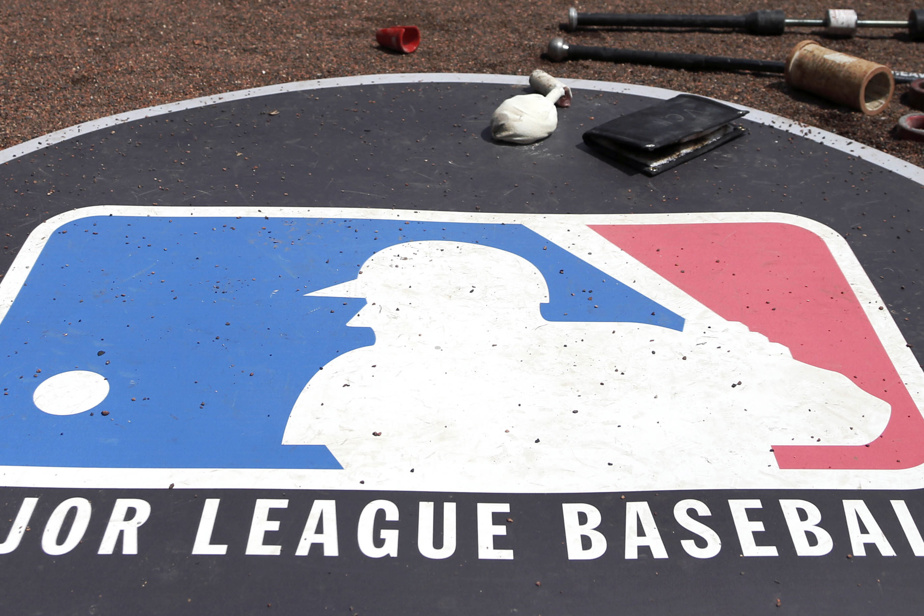(New York) Major League Baseball has widened the running lane towards the first base, adding an in-play portion, thus modifying a more than century-old rule that caused controversy after an obstruction decision in the World Series.
MLB also reduced the time allowed for pitchers to throw with runners on the paths from two seconds to 18, in addition to further reducing the number of visits to the mound to subtract a few more minutes from the duration of the games.
Another rule adopted Thursday by the 11-member competition committee is that a pitcher who warms up on the mound between half innings must now face at least one batter.
The new runners’ corridor replaces the one established by the National League in 1882. This three-foot-wide corridor covers the final 45 feet leading to the first bag, in the foul zone. Those who did not comply could be removed for obstructing defensive players attempting a throw.
The rule was put in place to avoid collisions. Foul territory first crossed first and third bases down the middle, before the bases were moved completely into play in 1887.
The new rule expands this area to include 18 to 24 inches in play to the start of the turf in the infield. MLB will provide a grace period before implementing this rule, as it requires modification of certain artificial surfaces.
The old rule brought its share of frustrations, since right-handed hitters must inevitably begin their sprint towards the first base in fair territory.
The interpretation of the rule by certain referees has also caused several arguments.
“It will make life easier for the umpires and the players,” said official Sam Holbrook, himself involved in an obstruction call – and the argument that followed – during the World Series. 2019. Runners will be able to run directly to first base, especially right-handers. We’ve been talking about it for a long time and I think they’re trying to do the right thing [with this change]. »
One of the priorities of this committee remains to accelerate the holding of matches.
Nine-inning games took an average of two hours 40 minutes (2:40) to play last season, with the first using the one-time rule between pitches. These were the shortest matches since 1985. This cruising speed carried over to the playoffs, while the average duration was 3:01, the lowest since 1996.
However, the duration of matches increased during the season, going from 2:37 in April to 2:44 in September.
In order to tighten up meetings, teams will now have to limit themselves to four visits to the mound instead of five. They can still receive one for the ninth inning if they run out of one after the eighth. A catcher may also call a visit to the mound, stopping the dial, without going there. The dial will also be restarted after a foul ball as soon as the pitcher receives a new ball, not when he returns to the mound as the rule said in 2023. MLB hopes to eliminate unnecessary “health walks” from pitchers with this ruler.
Major League Baseball has stressed that the requirement for a reliever who takes his warm-up pitches from the mound to face at least one batter in order to eliminate these time losses, which occurred 24 times in the season and two other times in World Series.
Six managers, a referee and four players make up this committee, chaired by the president of the Seattle Mariners, John Stanton. Three other rule changes were studied, but put on hold for now.
